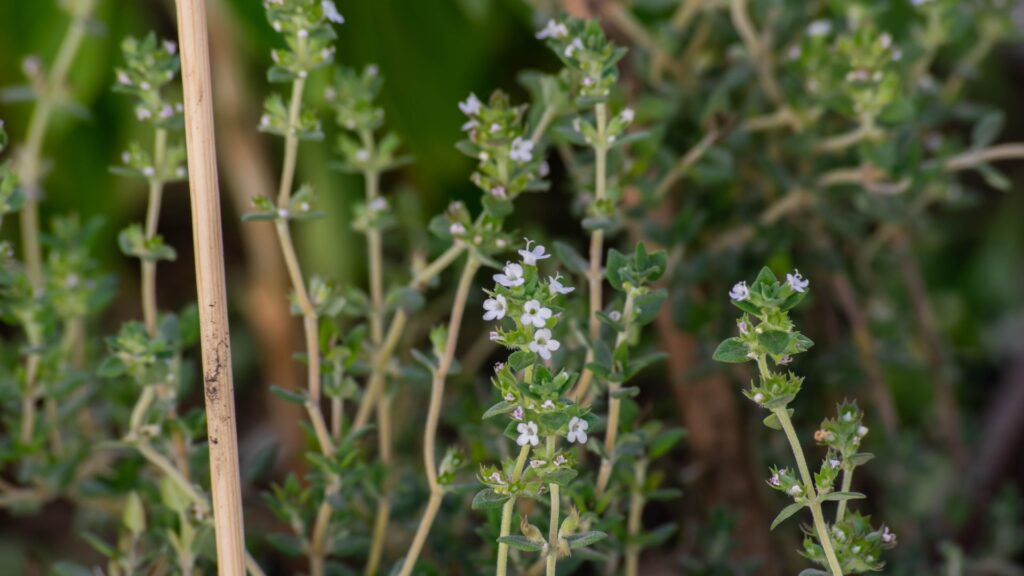Introduction:
Welcome to the wonderful world of organic gardening! In this beginner’s guide, we will take you through the step-by-step process of creating your own sustainable garden at home. Whether you have a spacious backyard or just a small balcony, organic gardening is a fantastic way to connect with nature, grow your own fresh produce, and contribute to a healthier environment.
Benefits of Organic Gardening:
Before we jump into the how-tos, let’s first understand the numerous benefits of organic gardening. By choosing organic methods, you can avoid harmful chemical pesticides and fertilizers, ultimately reducing your carbon footprint. Additionally, you’ll have the satisfaction of eating fresh, nutrient-rich vegetables that you cultivated with your own hands. Organic gardening is not only beneficial for your health and the environment but also a rewarding and meditative hobby.
Getting Started:
1. Selecting the Site: Determine the right location for your garden based on sunlight exposure and soil quality. Consider factors like drainage, accessibility, and proximity to water sources.
2. Soil Preparation: Learn the importance of soil quality in organic gardening and how to improve it by using compost, organic matter, and natural amendments. Test your soil pH level and ensure it is suitable for growing your desired plants.
3. Choosing the Right Plants: Select plants that are suitable for your climate and soil conditions. Opt for organic seeds or seedlings to ensure you maintain an organic garden from the start.
4. Watering Techniques: Discover efficient watering techniques and how to conserve water while keeping your plants adequately hydrated. Use mulch and proper irrigation methods to retain moisture in the soil.
5. Natural Pest Control: Learn about environmentally friendly methods of pest and disease control, such as companion planting, using beneficial insects, and DIY natural sprays. Avoid chemical pesticides and opt for biological controls.
6. Nutrient Management: Understand the significance of organic fertilizers and how to provide the required nutrients to your plants using natural sources like compost, manure, and organic fertilizers. Balance the nutrient requirements based on plant growth stages.
Maintenance and Harvesting:
7. Weeding and Pruning: Properly weed and prune your garden regularly to limit competition for nutrients and sunlight. Learn about organic weed control methods, including hand weeding and mulching.
8. Crop Rotation: Discover the importance of crop rotation to avoid nutrient depletion and reduce the risk of pests and diseases. Plan your garden layout accordingly and rotate your crops each growing season.
9. Harvesting and Storage: Master the art of harvesting at the right time to ensure the best flavor and nutritional value. Explore proper storage techniques to prolong the shelf life of your organic produce.
Conclusion:
By following the steps and techniques outlined in this beginner’s guide, you’ll be well on your way to creating a sustainable and flourishing organic garden. Remember to embrace the patience and joy that comes with organic gardening. Enjoy the process of nurturing your plants, witnessing their growth, and reaping the rewards of your hard work while contributing to a greener and healthier world.
Tags: organic gardening, sustainable gardening, gardening tips, beginner’s guide, home gardening, organic vegetables, eco-friendly gardening
Category: Home and Garden

